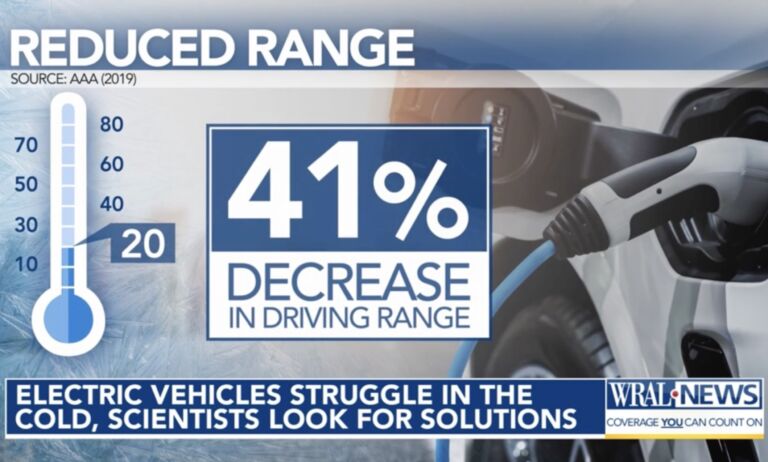Kevin Williamson of National Review Online details one disturbing consequence of Obama-era federal rules.
The nation’s franchise restaurants are about one month away from the imposition of new nutritional-labeling rules dreamed up by the Obama administration, another gift of the grievously misnamed Affordable Care Act. For outlets of brands with 20 or more locations, that means posting signs in the shop with calorie counts for every item on the menu and for every variation on that item.
That’s probably not such a big deal if you are, say, Raising Cane’s, and your menu ranges from one chicken finger to 100 chicken fingers. It’s a little different if you are a pizza shop, because pizza has a lot of variables.
A lot.
“We did the math,” says Tim McIntyre, an executive at Domino’s and chairman of (not making this up) the American Pizza Community, a thing that exists. “With gluten-free crusts to thick to hand-tossed to pan pizza, multiple sizes, cheeses, toppings . . . there are about 34 million possible combinations.” He does a pretty good deadpan delivery: “That is difficult to put on a menu.”
That’s going to be a big sign.
Not that anybody is ever going to use it. The great majority of Domino’s orders are placed over the Internet and almost all the rest are placed by phone. The number of people who walk into a Domino’s outlet, look at a menu, and order a pizza is relatively small, representing only a few percentage points of Domino’s customers. Other pizza chains see roughly the same thing.
So the signs are going to be largely useless, but they’re also kind of expensive, “Useless + Expensive” being the classic federal regulatory equation. McIntyre estimates a price between $3,500 and $5,000 per location. That isn’t very much to a big corporation like Domino’s, but the Domino’s corporation doesn’t operate all those Domino’s shops: Those are franchises, run by independent owner-operators. The profit margins are low, and five grand is a lot to put on a business that might only be throwing off $40,000 or $50,000 in profit a year. Or less: Franchise chains are pretty tight-lipped about what their stores actually earn, but if we assume a 5 percent profit margin, typical of such restaurants, and an average sales volume of about $730,000, as reported in 2013 by the Motley Fool, then that’s only $36,500 per store, meaning that a $3,500–$5,000 sign could easily eat up a tenth of a year’s profit.


